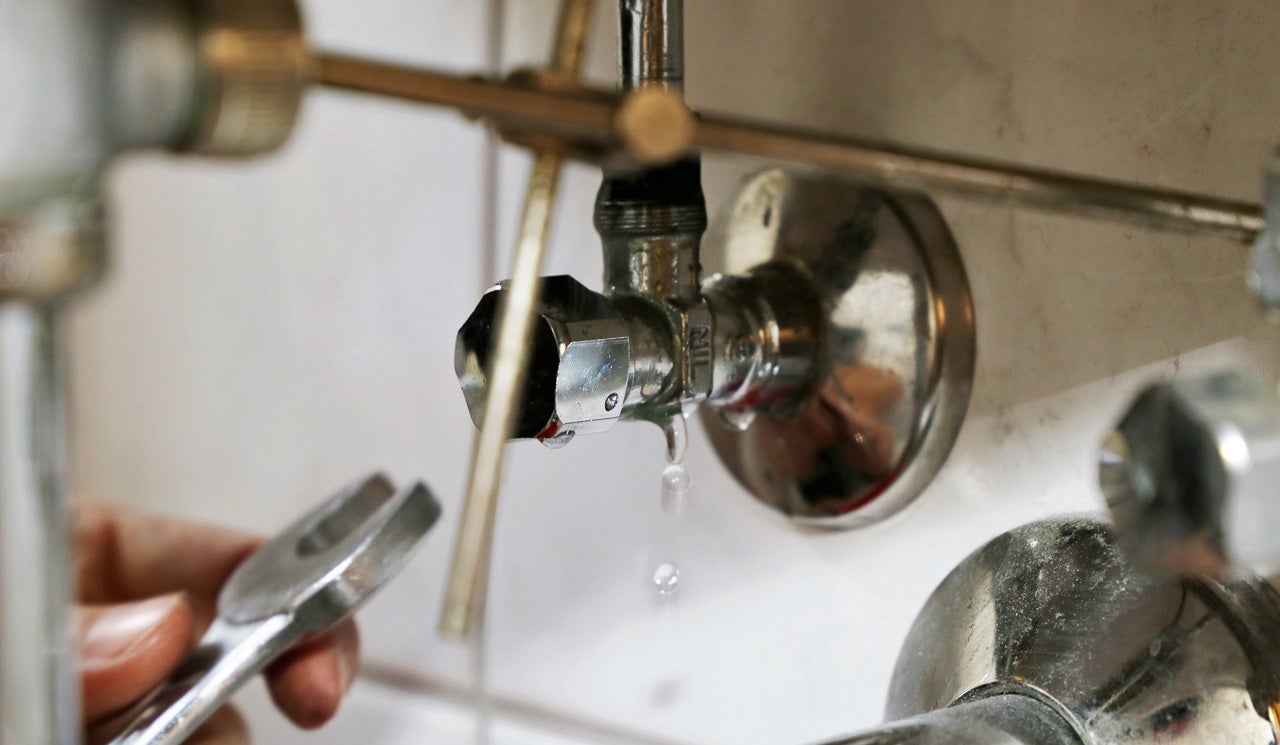Expose Concealed Water Line Leaks: Six Proven Detection Methods
Expose Concealed Water Line Leaks: Six Proven Detection Methods
Blog Article
The article down below relating to Detecting hidden plumbing leaks is amazingly remarkable. Read on and make your own personal conclusions.

Early discovery of dripping water lines can minimize a possible disaster. Aside from saving you money, it will reduce the stress as well as irritation. The moment you locate a leakage, calling your plumber for fixings is the very best option. Nonetheless, some tiny water leakages may not be visible. If you can not spot it with your nude eyes, right here are some hacks that assist.
1. Take A Look At the Water Meter
Every residence has a water meter. Inspecting it is a guaranteed manner in which helps you find leakages. For starters, turn off all the water sources. Make sure no person will certainly purge, use the faucet, shower, run the washing maker or dish washer. From there, most likely to the meter and also watch if it will certainly change. Since no one is using it, there need to be no activities. If it relocates, that shows a fast-moving leak. If you find no changes, wait an hour or two and inspect back again. This means you might have a sluggish leakage that might also be underground.
2. Inspect Water Intake
Examine your water costs and track your water usage. As the one paying it, you should discover if there are any type of disparities. If you detect sudden changes, despite your consumption being the same, it indicates that you have leakages in your plumbing system. Bear in mind, your water costs should drop under the very same array monthly. An abrupt spike in your costs shows a fast-moving leakage.
On the other hand, a stable rise monthly, even with the same behaviors, shows you have a slow-moving leakage that's additionally gradually rising. Call a plumber to thoroughly examine your property, specifically if you feel a warm area on your flooring with piping underneath.
3. Do a Food Coloring Examination
When it comes to water usage, 30% comes from commodes. If the color somehow infiltrates your bowl during that time without flushing, there's a leak in between the container and also dish.
4. Asses Outside Lines
Do not forget to check your outdoor water lines too. Test spigots by connecting a yard pipe. Needs to water permeate out of the link, you have a loose rubber gasket. Replace this and make sure all connections are tight. If you've got a lawn sprinkler, it will help get it skillfully took a look at as well as preserved yearly. One small leakage can lose tons of water as well as surge your water costs.
5. Inspect and also Assess the Circumstance
Home owners ought to make it a habit to examine under the sink counters and even inside closets for any type of bad odor or mold development. These 2 warnings show a leakage so prompt attention is called for. Doing regular inspections, even bi-annually, can save you from a significant issue.
Inspect for discolorations and weakening as a lot of home appliances as well as pipes have a life expectancy. If you presume leaking water lines in your plumbing system, do not wait for it to intensify.
Early discovery of dripping water lines can alleviate a prospective catastrophe. Some tiny water leaks might not be noticeable. Examining it is a surefire method that assists you find leakages. One little leak can throw away bunches of water as well as increase your water expense.
If you believe leaking water lines in your plumbing system, do not wait for it to escalate.
WARNING SIGNS OF WATER LEAKAGE BEHIND THE WALL
PERSISTENT MUSTY ODORS
As water slowly drips from a leaky pipe inside the wall, flooring and sheetrock stay damp and develop an odor similar to wet cardboard. It generates a musty smell that can help you find hidden leaks.
MOLD IN UNUSUAL AREAS
Mold usually grows in wet areas like kitchens, baths and laundry rooms. If you spot the stuff on walls or baseboards in other rooms of the house, it’s a good indicator of undetected water leaks.
STAINS THAT GROW
When mold thrives around a leaky pipe, it sometimes takes hold on the inside surface of the affected wall. A growing stain on otherwise clean sheetrock is often your sign of a hidden plumbing problem.
PEELING OR BUBBLING WALLPAPER / PAINT
This clue is easy to miss in rooms that don’t get much use. When you see wallpaper separating along seams or paint bubbling or flaking off the wall, blame sheetrock that stays wet because of an undetected leak.
BUCKLED CEILINGS AND STAINED FLOORS
If ceilings or floors in bathrooms, kitchens or laundry areas develop structural problems, don’t rule out constant damp inside the walls. Wet sheetrock can affect adjacent framing, flooring and ceilings.
https://www.servicemasterbyzaba.com/blog/how-to-detect-water-leakage-in-walls/

As an avid reader about Detecting hidden plumbing leaks, I was thinking sharing that article was really useful. I beg you take the opportunity to share this blog if you enjoyed reading it. Thank-you for taking the time to read it.
We've got answers! Report this page